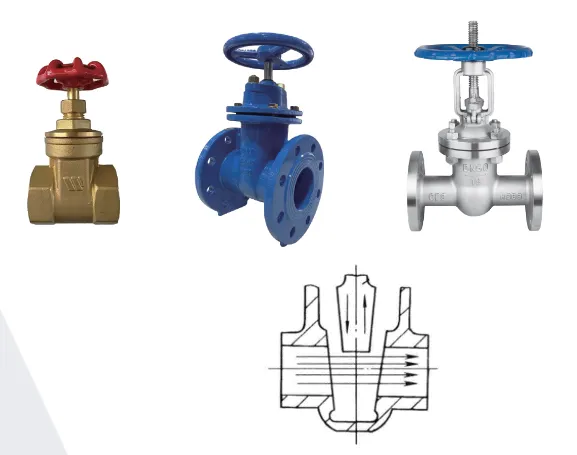stainless steel weld neck flange
Stainless Steel Weld Neck Flange An Overview
Stainless steel weld neck flanges are essential components in piping systems, widely utilized in various industries, including oil and gas, chemical processing, and power generation. Their robust construction and versatility make them a preferred choice for joining pipes, valves, and other equipment in high-pressure applications.
What is a Weld Neck Flange?
A weld neck flange is characterized by a long tapered neck, which allows for a smooth transition between the flange and the pipe. This design minimizes stress concentrations and ensures a strong, leak-proof joint when welded to a pipe or fitting. Commonly produced in various grades of stainless steel, such as 304 and 316, these flanges are ideal for environments that demand resistance to corrosion, high temperatures, and pressure.
Advantages of Stainless Steel Weld Neck Flanges
1. Durability Stainless steel is renowned for its strength and longevity. Weld neck flanges made from this material are capable of withstanding harsh operating conditions, making them suitable for a variety of applications.
2. Corrosion Resistance One of the standout features of stainless steel is its ability to resist corrosion. This is pivotal in areas where pipes may be exposed to corrosive substances or extreme environmental conditions. A weld neck flange provides a secure connection that helps prevent fluid leakages, which could lead to costly repairs and safety hazards.
stainless steel weld neck flange

3. Versatility Weld neck flanges are versatile and can be used with various piping systems. Their design is compatible with different pressure ratings, making them adaptable to numerous applications. This flexibility is crucial in industries that frequently upgrade or modify their systems.
4. Easy Installation and Maintenance Unlike some other types of flanges, weld neck flanges ensure a flush surface with the pipeline. This smooth transition helps in reducing turbulence and pressure drop, enhancing the overall efficiency of the piping system. Moreover, the ease of welding a weld neck flange to a pipe simplifies installation and maintenance processes.
5. Improved Structural Integrity The tapered design of a weld neck flange contributes significantly to the overall strength of the joint. This feature enhances the structural integrity of the piping system, allowing it to endure high pressures and temperatures without compromising safety.
Applications in Industry
Stainless steel weld neck flanges are employed across many industries. In the oil and gas sector, they are commonly found in high-pressure pipelines transporting crude oil and natural gas. In chemical processing, these flanges facilitate the safe transportation of corrosive chemicals. Moreover, in the power generation industry, they are utilized in steam and cooling water piping systems where durability and corrosion resistance are paramount.
Conclusion
In summary, stainless steel weld neck flanges are a critical component in modern piping systems, offering numerous advantages such as durability, corrosion resistance, versatility, and ease of installation. Their structural integrity makes them particularly suited for high-demand environments, ensuring safety and efficiency across various industries. As industries continue to seek reliable and long-lasting solutions for their piping needs, the importance of stainless steel weld neck flanges will undoubtedly grow, solidifying their place as a staple in mechanical engineering and industrial applications.
-
The Key to Fluid Control: Exploring the Advantages of Ball Valves in Industrial SystemsNewsJul.09,2025
-
The Versatile World of 1, 2, and 3 Piece Ball ValvesNewsJul.09,2025
-
Stainless Steel Ball Valves: The Ideal Choice for Efficient Flow ControlNewsJul.09,2025
-
Optimizing Fluid Control with Ball Float ValvesNewsJul.09,2025
-
Manual Gate Valves: Essential for Control and EfficiencyNewsJul.09,2025
-
Everything You Need to Know About Butterfly ValvesNewsJul.09,2025
-
The Versatility of Wafer Type Butterfly ValvesNewsJul.08,2025




